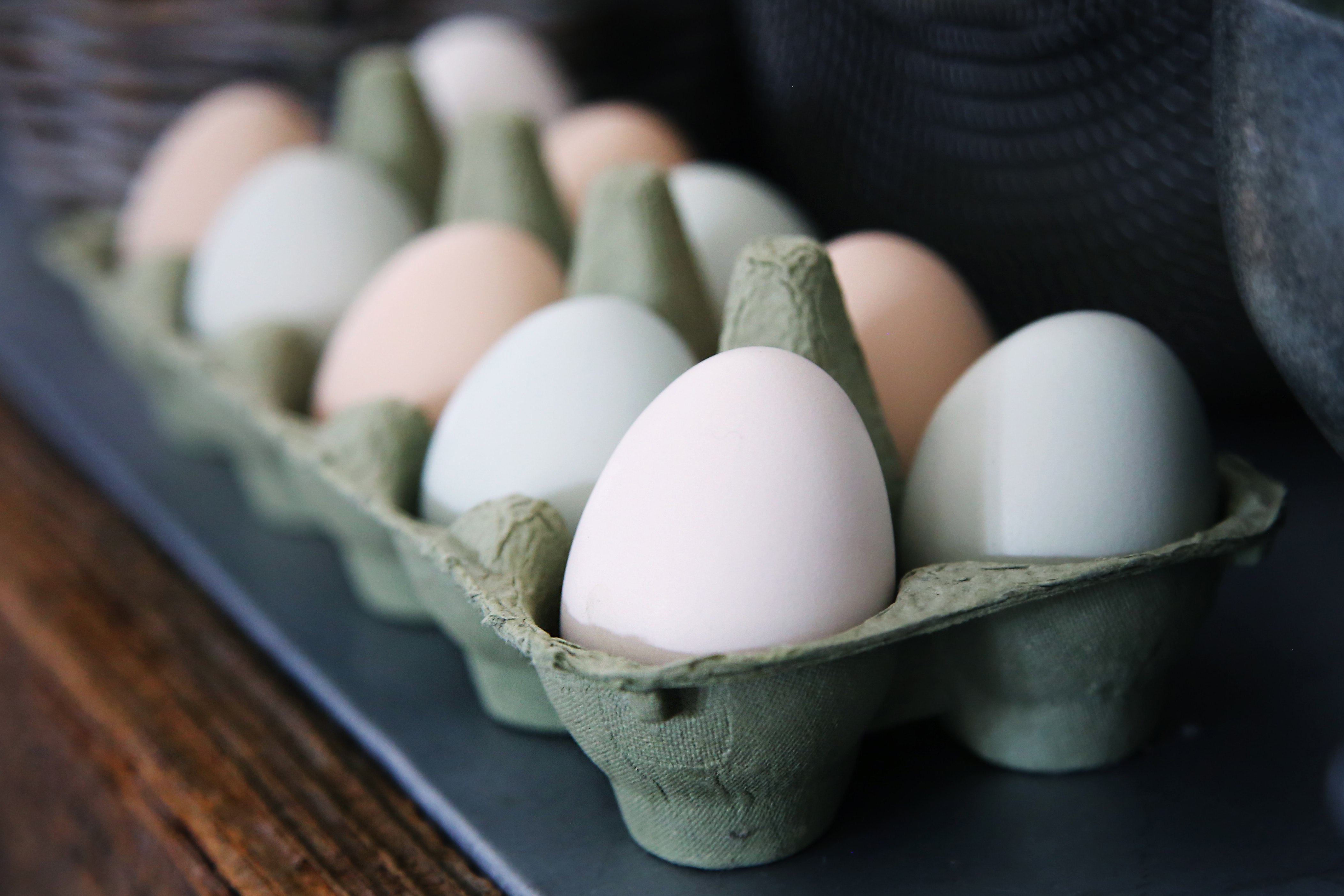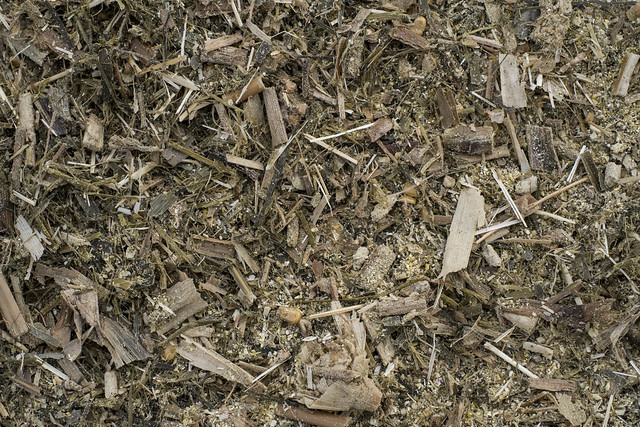This year’s rainy and cool spring forced many Michigan farmers to plant feed corn and soybeans later than usual.
It’s not yet known how, if, or to what degree this will affect food prices for consumers, and likely won’t be known until the fall harvest occurs — or potentially after.
“Even during the fall harvest, there will be a significant lag in terms of how the effects of delayed planting will affect food prices,” said David Ortega, associate professor in the Michigan State University (MSU) Department of Agricultural, Food and Resource Economics (AFRE).
Ortega believes the economic impact of delayed planting won’t be measurable until the first frost hits. From 1981-2010, the first frost of the year in Michigan occurred in late September or early October, on average. If the first frost hits early in 2019, commodity prices could rise because farmers would have to pay more to dry their crops.
“The crop needs to be dry in order to harvest and store,” Ortega said. “If you need to harvest it before letting it fully dry in the field, then you’re going to need to dry the grain in a dryer, which will add costs to farmers.”

That doesn’t automatically mean the retail price, or what the consumer pays, would also increase.
“Just because the price goes up at the farm level, it doesn’t necessarily mean consumers will pay higher prices,” Ortega said. “There are a lot of players in the supply chain that may be willing to absorb some of those increased costs before they make it to the consumer.”
Initial effects
Livestock producers are likely to be the first group affected by the costs of delayed planting, particularly those who run beef, pork and poultry operations. This is because soybeans and feed corn are used for animal feed.
“Feed is a cost. In any business, if costs go up faster than revenue and you start losing money, then you cut back on production,” said AFRE Professor Jim Hilker.
Hilker used poultry farms as an example.
“As feed costs for laying hens go up, farmers will cut back on production because they’ll start losing money,” he said. “As a result, there will be fewer eggs available. Demand for eggs doesn’t shift much, so consumers will pay higher prices.”

It’s the law of supply and demand: as resources, in this case, feed corn and soybean, become more limited, costs increase. However, it might take a while for increased costs to reach the supermarket, Ortega said.
“It all depends on the extent of what happens in fall and how this trickles down into what we see at the grocery store,” he said. “The impact won’t be immediate.”
Farmer impacts
While more specific consumer impacts remain unknown, farmers are already feeling the impact of delayed planting combined with tariffs on soybeans exported to China, as well as other global stressors.
“Farmers are facing a serious situation,” Ortega said. “There are concerns for their livelihoods and how they will get through this season.”
Climate models predict more wet springs ahead. They’re also showing dryer summers. This means crops are planted later in the season and have trouble developing deep roots to reach water in the summer.
Rain isn’t necessarily a bad thing, but the increase in the odds of wet weather during planting time might mean farmers have be more flexible when and what they plant, said Hilker.
“As a producer, you don’t really want to say I want less rain, it’s just a little bit about how much you get and how often,” he said.
Hilker predicts producers will adjust to wet springs. As agriculture advances and climate change continues, farmers are faced with the question of how they can adapt their practices.
“That’s sort of the hundred million-dollar question: what can farmers do in the future?” said Ortega. “Diversifying crops is one option you hear a lot about, but that’s easier said than done.”
“These are the things that are keeping farmers up at night: what are we going to do this season and what are we going to do here moving forward?”
Related Articles



 Print
Print Email
Email




